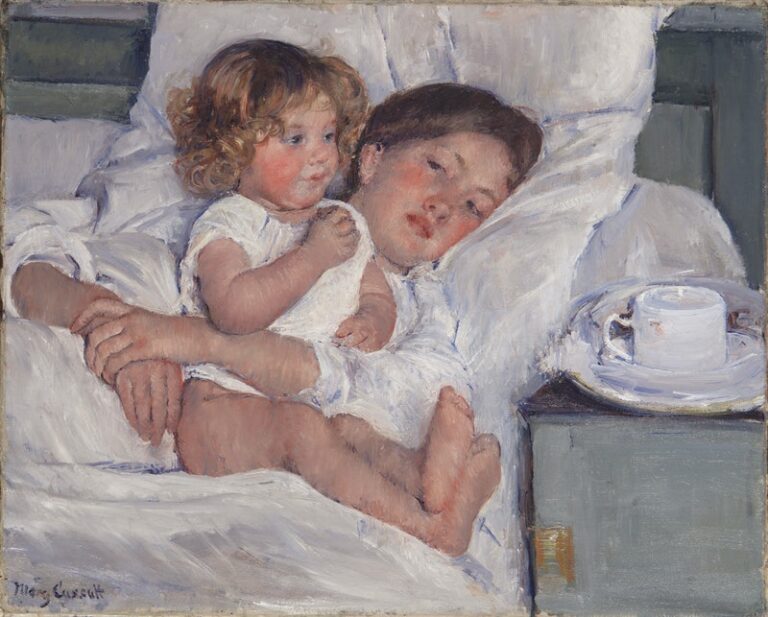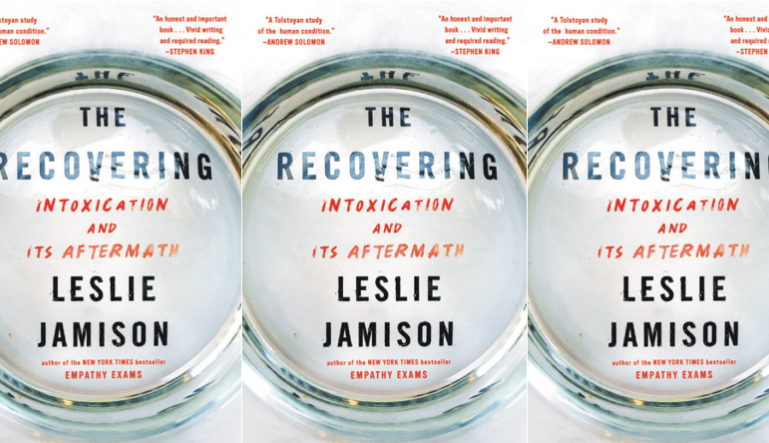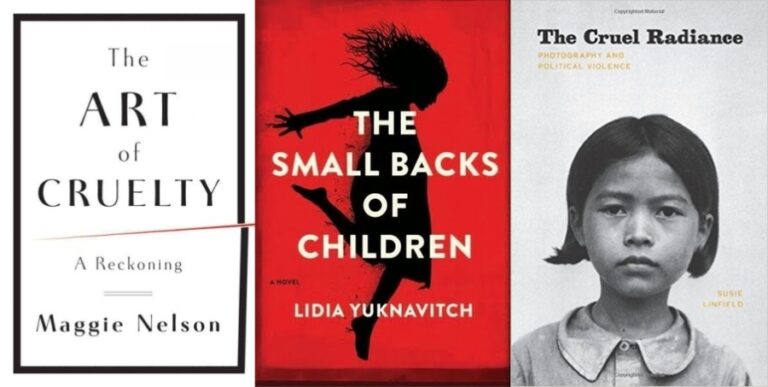The Maternal Vision of Leslie Jamison and Marilynne Robinson
In the earliest years of parenting, the tensions between motherhood and artistic practice can feel insurmountable. Yet there are ways in which motherhood and the writing life are uniquely compatible.




